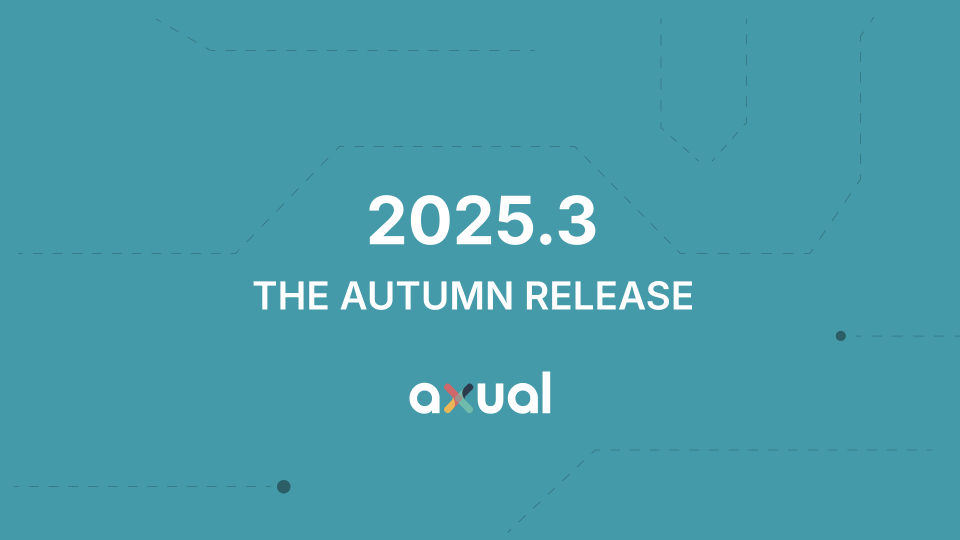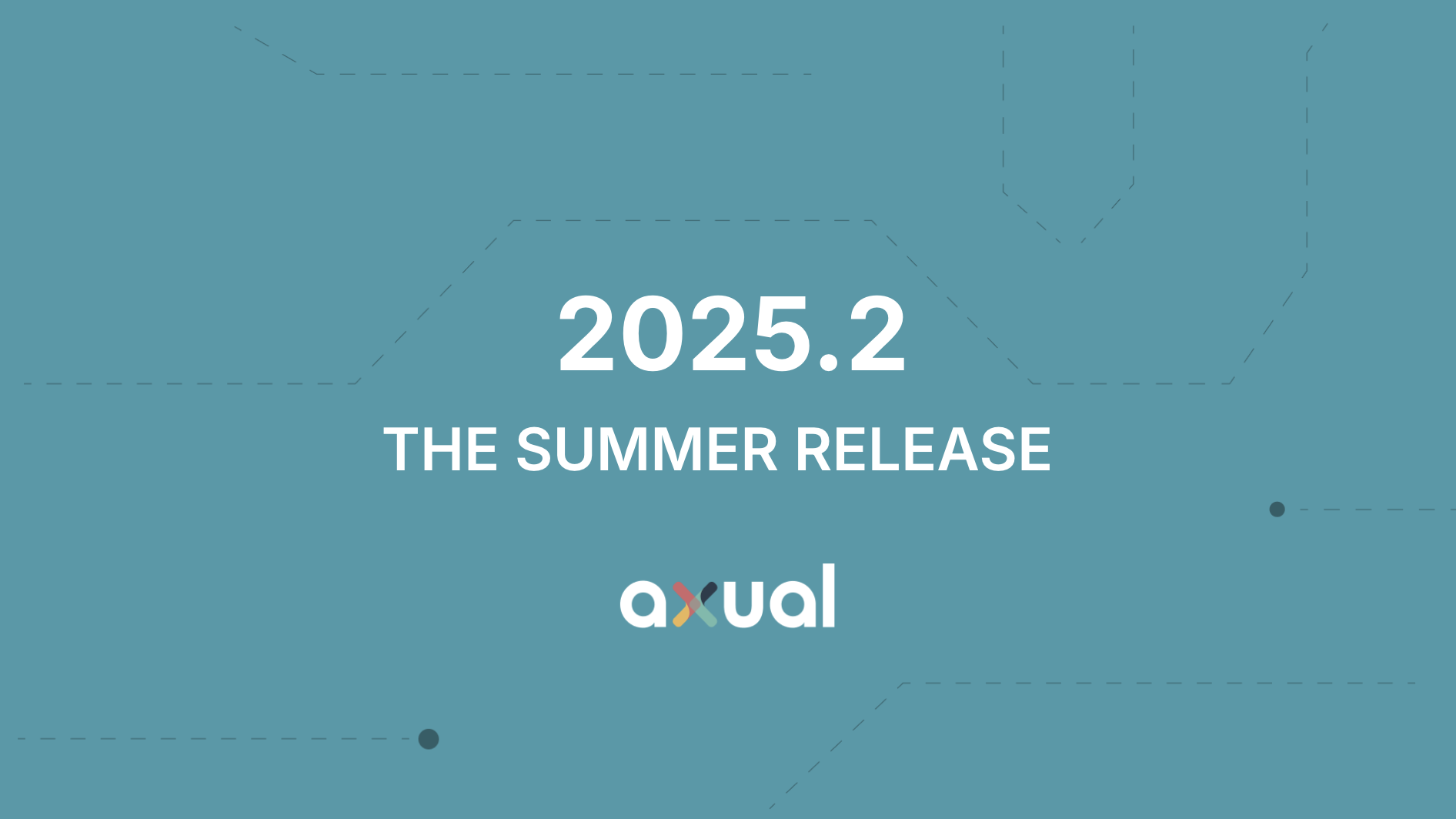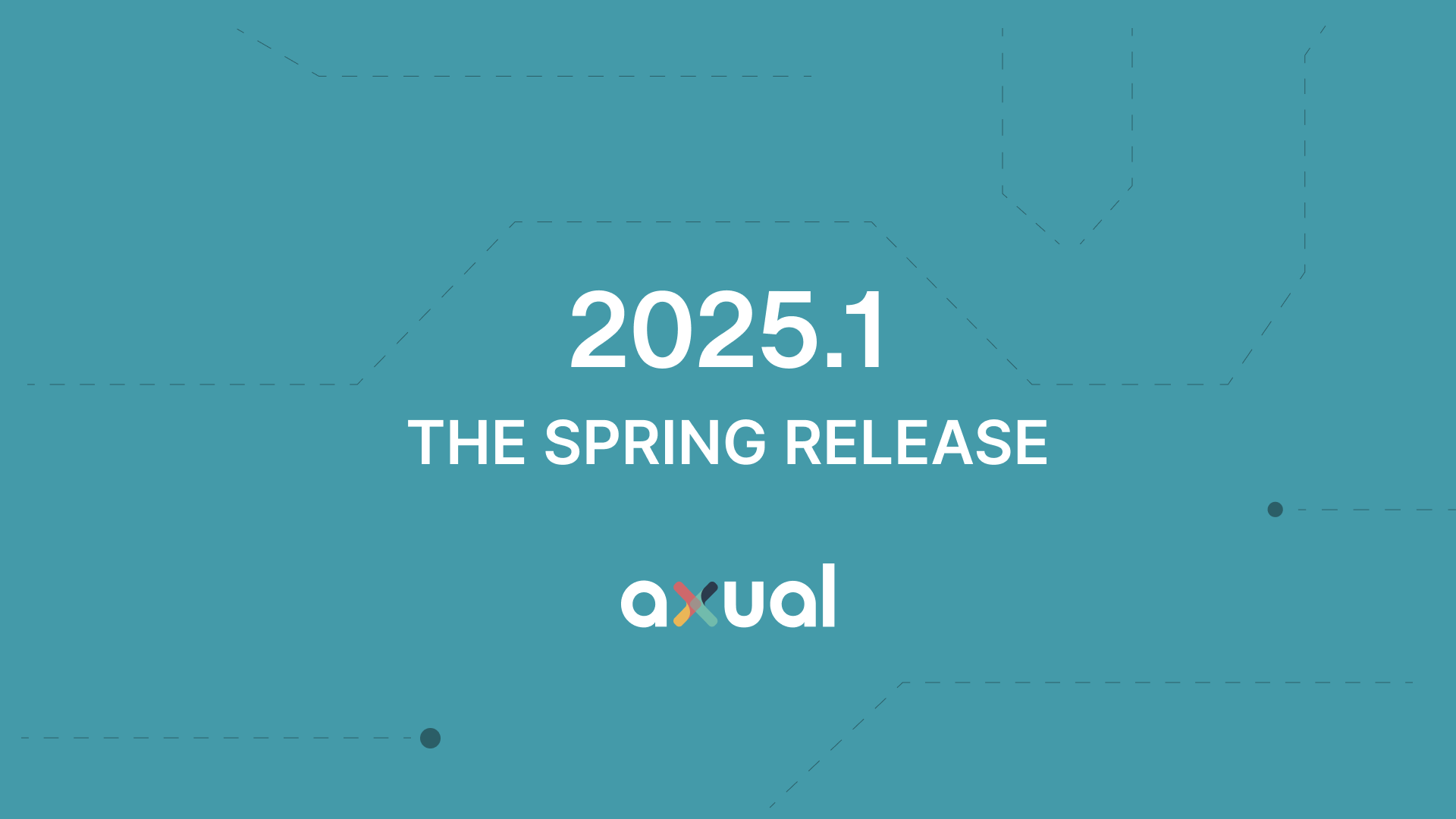API Platform Integration for PostNL | Use case
Integrating an API platform has improved PostNL’s notification services. PostNL is the Netherlands' leading postal and logistics provider by modernizing its parcel tracking and notification systems. With real-time data flow and seamless cross-platform communication, this transformation was achieved through collaboration with consultancy firm AppyThings and Axual's advanced event-streaming technology. Together, they enabled a centralized, API-based system to process over 100 million daily messages. API platform integration has played a pivotal role in transforming PostNL, the Netherlands' leading postal and logistics company. By modernizing its digital ecosystem, PostNL has achieved seamless communication between internal systems, external partners, and customers.

On this page
Integrating an API platform has improved PostNL’s notification services. PostNL is the Netherlands' leading postal and logistics provider by modernizing its parcel tracking and notification systems. With real-time data flow and seamless cross-platform communication, this transformation was achieved through collaboration with consultancy firm AppyThings and Axual's advanced event-streaming technology. Together, they enabled a centralized, API-based system to process over 100 million daily messages.
In this blog, we’ll explore the process of integrating this cutting-edge platform and how API platform strategies complement and enhance modern business ecosystems rather than solely driving them.
PostNL’s Background
PostNL manages the delivery of mail and parcels both nationally and internationally. With over 35,000 employees and over €3 billion in annual revenue, PostNL delivered over 1.75 billion postal items in 2023. As the company grew, its legacy systems struggled to keep pace with modern operational demands, particularly in customer and internal notifications.
Challenges Faced by PostNL
In 2023, PostNL used a fragmented stack of legacy applications to manage parcel tracking and delivery statuses. While these systems could track parcels, they could not send real-time notifications to customers and internal stakeholders like delivery drivers. The lack of integration between these systems made it difficult to scale operations and maintain consistent performance, especially during peak periods like holidays. PostNL recognized the need for a scalable, API-driven platform to centralize parcel tracking and enable real-time notifications.
Why an API Platform Integration Was the Solution
PostNL needed a centralized platform to manage parcel statuses and trigger notifications in real-time. To meet growing customer demands, the platform had to integrate with various systems, including customer apps, internal tracking systems, and external logistics partners. The ideal solution required scalability, security, fault tolerance, and seamless integration through APIs.
The Partnership
PostNL partnered with AppyThings, a consultancy firm specializing in enterprise integration, to design a modern API-based solution. AppyThings recommended Axual Cloud, an event-driven platform built on Apache Kafka, as the foundation for PostNL’s new infrastructure. Axual Cloud would provide real-time processing capabilities, while APIs would enable communication between PostNL’s systems and external partners.
Axual Cloud’s API capabilities allowed PostNL to expose parcel data and status updates to multiple systems in real-time. By leveraging Axual’s KSML, Kafka Streams Markup Language, PostNL could transform parcel status data into essential notifications sent to customers and delivery personnel. KSML’s low-code framework allowed PostNL to develop and deploy new API integrations as needed quickly, accelerating the speed of implementation.
API Platform Integration Features
Several key features were implemented to enhance connectivity and enable seamless collaboration between internal systems, external partners, and customers. These features, while driven by API platform integration, were complemented by additional technologies and approaches to ensure robust performance:
- Centralized API Management: Axual Cloud provided a unified platform for API-based communication, seamlessly linking PostNL’s internal systems with external partners like third-party delivery services.
- Real-Time Notifications: By integrating APIs and supporting technologies, PostNL enabled its mobile app and internal systems to deliver real-time parcel updates and notifications to customers and delivery drivers.
Scalable and Fault-Tolerant Architecture: Axual Cloud’s event-streaming capabilities complemented API functionality, ensuring the platform could scale to handle over 100 million daily messages while maintaining reliability during peak times.
Results
Through its API Platform Integration and the use of Axual Cloud, PostNL achieved significant improvements:
- Enhanced Customer Experience: Customers now receive real-time notifications about their parcel deliveries, improving satisfaction and transparency.
- Operational Efficiency: Internal stakeholders, such as delivery drivers, now have instant access to parcel status updates via the centralized API platform, reducing manual errors and improving delivery speed.
- Scalability: The API-based system handles over 100 million messages daily, with seamless performance even during peak times.
- Faster Development: KSML's low-code framework allowed PostNL to rapidly integrate new services and systems, reducing development time and costs by ….%.
Future Outlook: Kafka, API Platform, and Event-Driven Architecture at PostNL
PostNL’s integration of API platforms with Axual Cloud has transformed its parcel tracking and notification services, allowing for real-time data flow and seamless communication across systems. By working with AppyThings and leveraging Axual’s event-driven architecture, PostNL now has a future-proof, scalable platform capable of handling massive volumes of messages, improving customer experience, and optimizing operational efficiency.
Answers to your questions about Axual’s All-in-one Kafka Platform
Are you curious about our All-in-one Kafka platform? Dive into our FAQs
for all the details you need, and find the answers to your burning questions.
An API integration connects two or more applications that lets those systems exchange data via their APIs. API integrations power processes throughout many high-performing businesses that keep data in sync enhance productivity, and drive revenue.
API is the acronym for application programming interface — a software intermediary allowing two applications to talk.
API stands for Application Programming Interface. In the context of APIs, the word Application refers to any software with a distinct function. The interface can be considered a contract of service between two applications.
Related blogs

Axual 2025.3 release introduces KSML 1.1 integration for automated stream processing deployment, group-based resource filtering for multi-team governance, and experimental MCP Server for AI-driven platform operations. Includes JSON schema support, Protobuf processing (beta), and enhanced audit tracking for enterprise Kafka implementations.

The Axual 2025.2 summer release delivers targeted improvements for enterprise-grade Kafka deployments. In this post, we walk through the latest updates—from enhanced audit tracking and OAuth support in the REST Proxy to smarter stream processing controls in KSML. These features are designed to solve the real-world governance, security, and operational challenges enterprises face when scaling Kafka across teams and systems.

Axual 2025.1 is here with exciting new features and updates. Whether you're strengthening security, improving observability, or bridging old legacy systems with modern event systems, like Kafka, Axual 2025.1 is built to keep you, your fellow developers, and engineers ahead of the game.
